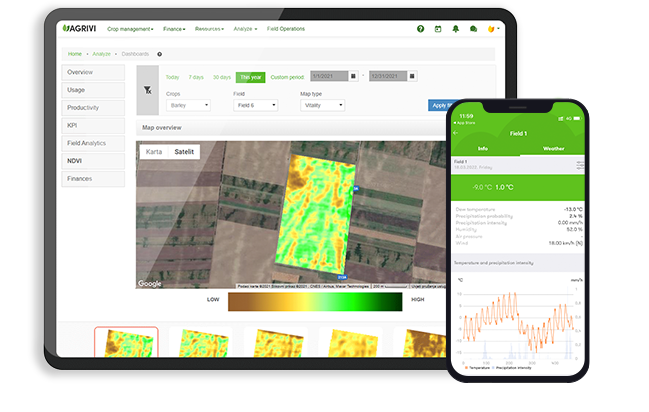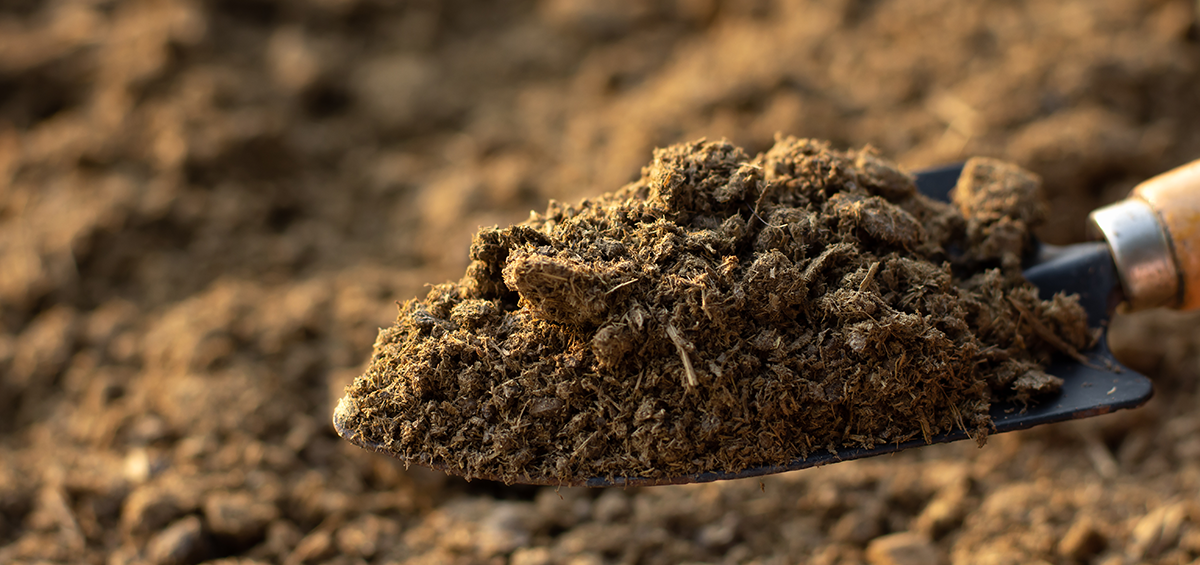Manure Application
Proper use of manure and compost is essential from both a production and environmental standpoint. Manure should never be applied fresh (raw) on the field. Fresh manure is high in soluble forms of N, which can lead to salt build-up and leaching losses if over applied. Fresh manure may contain high amounts of viable weed seeds, which can lead to weed problems. In addition, various pathogens such as E. coli may be present in fresh manure and can cause illness to individuals eating fresh produce unless proper precautions are taken.
Fresh, non-composted manure will generally have a higher N content than composted manure. However, the use of composted manure will contribute more to the organic matter content of the soil.
Applying rates that are too low can lead to nutrient deficiency and low yields. On the other hand, a too high rate can lead to nitrate leaching, phosphorus runoff, accelerated eutrophication of lakes, and excessive vegetative growth of some crops. Thus, understanding how to manage manure is important for any farming operation with livestock that relies on manure as a major source of nutrients, as well as for crop producers who have access to an economical supply of manure, compost, or other organic nutrient sources.
Nutrient Composition of Manure
Many different types of manure are available for crop production. It’s assumed that most farmers will be using solid manure with or without bedding. It is important to remember that nutrient contents in manures vary widely according to the age of the animals, feed used, moisture content, degree of decomposition, and the amount of litter or bedding material mixed in with the manure. The only really accurate way of determining the nutrient content of the manure is through laboratory analysis.
| Nitrogen | Phosphorus | Potassium | Calcium | Magnesium | Organic matter | Moisture content | |
|---|---|---|---|---|---|---|---|
| (N) | (P2O5) | (K2O) | (Ca) | (Mg) | |||
| FRESH MANURE | % | % | % | % | % | % | % |
| Cattle | 0.5 | 0.3 | 0.5 | 0.3 | 0.1 | 16.7 | 81.3 |
| Sheep | 0.9 | 0.5 | 0.8 | 0.2 | 0.3 | 30.7 | 64.8 |
| Poultry | 0.9 | 0.5 | 0.8 | 0.4 | 0.2 | 30.7 | 64.8 |
| Horse | 0.5 | 0.3 | 0.6 | 0.3 | 0.12 | 7.0 | 68.8 |
| Swine | 0.6 | 0.5 | 0.4 | 0.2 | 0.03 | 15.5 | 77.6 |
| TREATED DRIED MANURE | % | % | % | % | % | % | % |
| Cattle | 2.0 | 1.5 | 2.2 | 2.9 | 0.7 | 69.9 | 7.9 |
| Sheep | 1.9 | 1.4 | 2.9 | 3.3 | 0.8 | 53.9 | 11.4 |
| Poultry | 4.5 | 2.7 | 1.4 | 2.9 | 0.6 | 58.6 | 9.2 |
Average percentage of nitrogen (N), phosphorus (P2O5), and potassium (K2O) commonly found in animal manures
Nutrient Availability from Manure
The analysis of manure or compost provides total nutrient content, but the availability of the nutrients for plant growth will depend on their breakdown and release from the organic components. Generally, 70 to 80% of the phosphorus (P) and 80 to 90% of the potassium (K) will be available from manure the first year after application.
When applied to soil, manure and compost undergo microbial transformations that release plant-available N over time. Volatilization, denitrification, and leaching result in N losses from the soil that reduce the amount of N that can be used by crops. Therefore it’s recommended to incorporate manure within 12 hours of application to avoid excessive ammonia losses.
AGRIVI Field Analytics of Applied Manure
As managing of manure is important for proper crop growth, so tracking of applied manure is important for proper farm management. AGRIVI Farm Management Software allows farmers to make inputs of applied manure per crop production and fields as well as enter chemical soil analysis results to know how much manure to apply. The system also gives you also powerful analysis of applied manure per all your fields which are color-coded according to the applied amount.
Manure is an excellent fertilizer containing nitrogen, phosphorus, potassium and other nutrients. It also adds organic matter to the soil which improves soil structure, aeration, soil moisture-holding capacity, and water infiltration.
So, use manure to improve soil fertility and AGRIVI FMS to improve your complete crop production.
Text sources: University of Minnesota
Image sources: EcoChem






